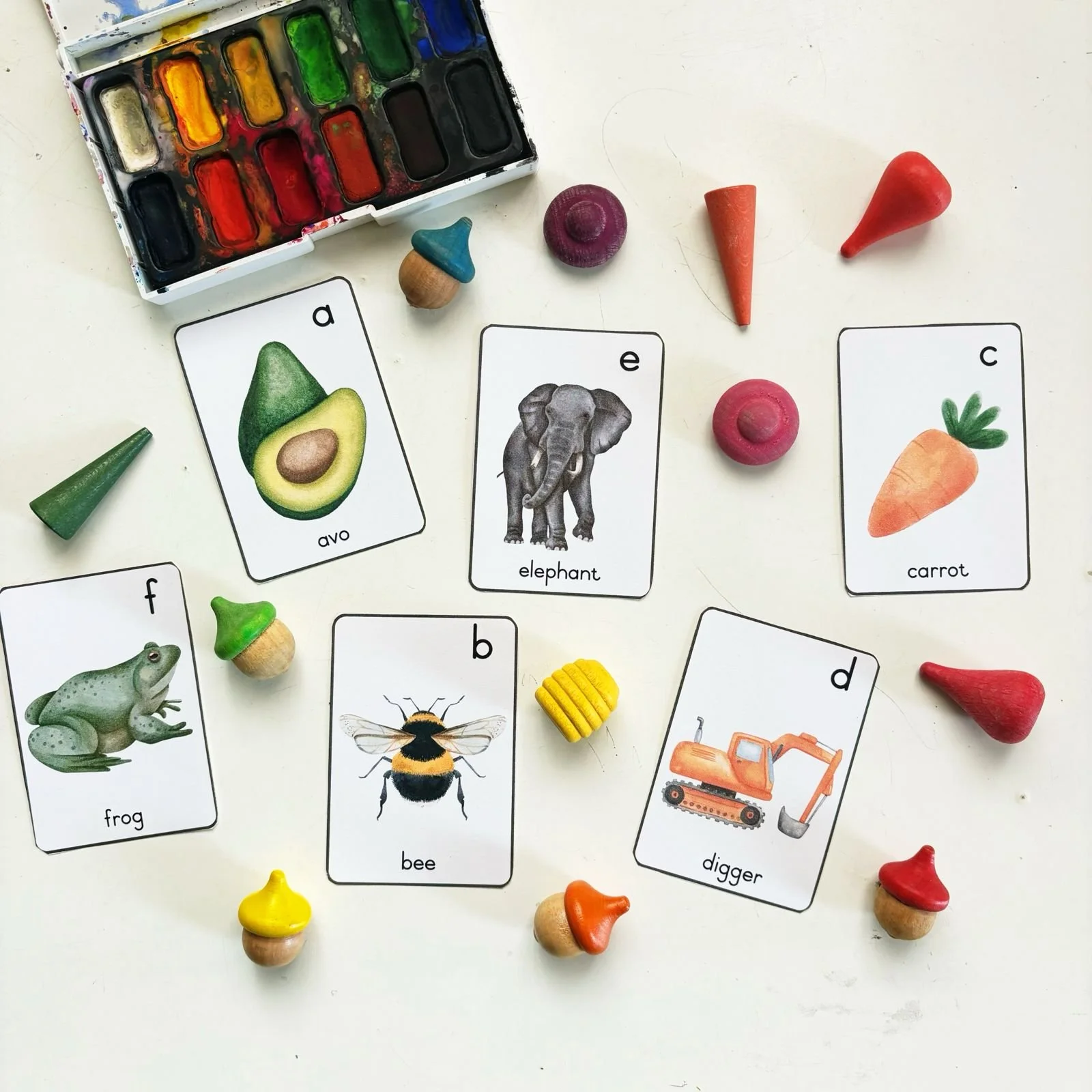Who is St Nicholas anyway?
/At this very special time of the year it's easy to get caught up in all the present giving and tree decorating that Christmas time brings, that we can lose sight of the real meaning of Christmas. For Christians, we are celebrating the birth of baby Jesus, bringing love and hope to all mankind. So then where does the big bearded, reindeer driving, present giving man come from then? Farmboy and I have been chatting about Christmas and God lately, and I have been wondering about how God must feel to have the birth of his son so misplaced by stories and songs and an immense amount of money spent on the very worldly idea of Christmas and Santa Claus.
I learnt something new today from a family in America on a great Christian website, On Faith. As with a lot of Christian websites, there are a few things I don't wholly agree with, but this blog post, written by Mark Driscoll, father of five, made me think.
I wanted to share it with you today.
Even with keeping the below in mind, Farmboy and I still have a Christmas Tree up, and we also get caught up in the gift giving and receiving that is Christmas. We don't claim to be perfect Christians living a perfect Christian life. But it's important to stop and think about what the real message is behind Christmas. It's not just a day to get a whole bunch of new and expensive toys from a wish list; it's a time for family and friends to come together and to share in the joy and love of Christmas.
"The larger-than-life myths surrounding Santa Claus actually emanate from the very real person of Saint Nicholas. It is difficult to know the exact details of his life with certainty, as the ancient records are sparse, but the various pieces can be put together as a mosaic of his life.
Nicholas was born in the third century in Patara, a village in what is now Turkey. He was born into an affluent family, but his parents died tragically when he was quite young. His parents had raised him to be a devout Christian, which led him to spend his great inheritance on helping the poor, especially children. He was known to frequently give gifts to children, sometimes even hanging socks filled with treats and presents.
Perhaps his most famous act of kindness was helping three sisters. Because their family was too poor to pay for their wedding dowry, three young Christian women were facing a life of prostitution until Nicholas paid their dowry, thereby saving them from a horrible life of sexual slavery.
Nicholas grew to be a well-loved Christian leader and was eventually voted the Bishop of Myra, a port city that the apostle Paul had previously visited (Acts 27:5-6). Nicholas reportedly also traveled to the legendary Council of Nicaea, where he helped defend the deity of Jesus Christ in A.D. 325.
Following his death on December 6, 343, he was canonized as a saint. The anniversary of his death became the St. Nicholas holiday when gifts were given in his memory. He remained a very popular saint among Catholic and Orthodox Christians, with some two thousand churches named after him. The holiday in his honor eventually merged with Christmas, since they were celebrated within weeks of one another.
During the Reformation, however, Nicholas fell out of favor with Protestants, who did not approve of canonizing certain people as saints and venerating them with holidays. His holiday was not celebrated in any Protestant country except Holland, where his legend as Sinterklass lived on. In Germany, Martin Luther replaced him with the Christ child as the object of holiday celebration, or, in German, Christkindl. Over time, the celebration of the Christ child was simply pronounced Kris Kringle and oddly became just another name for Santa Claus.
The legends about Santa Claus are most likely a compilation of other folklore. For example, there was a myth in Nicholas’ day that a demon was entering people’s homes to terrorize children and that Nicholas cast it out of a home. This myth may explain why it was eventually believed that he came down people’s chimneys.
Also, there was a Siberian myth (near the North Pole) that a holy man, or shaman, entered people’s homes through their chimneys to leave them mushrooms as gifts. According to the legend, he would hang them in front of the fire to dry. Reindeer would reportedly eat them and become intoxicated. This may have started the myth that the reindeer could fly, as it was believed that the shaman could also fly. This myth may have merged with the Santa Claus myth, and if so, explains him traveling from the North Pole to slide down chimneys and leave presents on fireplace mantles before flying away with reindeer.
These stories of Santa Claus were first brought to America by Dutch immigrants. In the early twentieth century, stores began having Santa Claus present for children during the Christmas season. Children also began sending letters to the North Pole as the legends surrounding an otherwise simple Christian man grew.
In sum, Saint Nick was a wonderful man who loved and served Jesus faithfully. So, we gladly include him in our Christmas traditions to remind us of what it looks like for someone to live a life of devotion to Jesus as God. Our kids thank us for being both honest and fun, which we think is what Jesus wants." Mark Driscoll
Wishing all of my readers a very happy and love filled Christmas. May it be jam packed with family and friends, laughter and good memories.
x

























































































